USB-C almost every Android smartphone today. Otherwise, of course, not even Xiaomi. However, this used a rather outdated standard until now USB 2.0, even on flagship smartphones. This is finally going to change, and with the new port, the series should come as well Xiaomi 13 a Redmi K60 Pro.
Xiaomi is finally moving to the USB 3 standard
Chinese blogger Digital Chat Station announced that Xiaomi this year's smartphones and tablets will be equipped with a USB-C connector version o 3.x. This is a significant upgrade that will provide a significant change in transfer speeds. Xiaomi was the only one among China's top five mobile phone manufacturers that still hadn't switched to the standard USB 3.
Theoretical maximum transmission speed USB 2.0 port is 480 Mbps. Transition to USB 3 can ensure speed at the level of up to 5 Gbps. This gives us a maximum of approx 625 MB / s, but since USB 3.0 it uses 8 bits out of the total 10 bits for transmission, this value must be multiplied by 0,8.
As a result, you can expect the maximum theoretical transfer speed at the level 500 MB / s. It will be a big jump from the original ones 60 MB / s.
It is possible that you have not even noticed this limit until now. It was a problem for users who, for example, often transfer large multimedia files to a computer via a cable. You will notice the difference even when using USB devices, such as external SSD drives.
File transfer via USB OTG will be noticeably faster. Without a doubt, Xiaomi has decided on the right change and will finally match its competition in this regard. Better late than never.
If you don't want to miss important information about Xiaomi news, don't forget to follow the Xiaomi Planet portal as well in our Facebook group and subscribe below. With your subscription, you will also get great discounts on products and the best prices at the same time. You can also follow ours in the Telegram channel, where all the coupons we publish on the website are automatically uploaded.


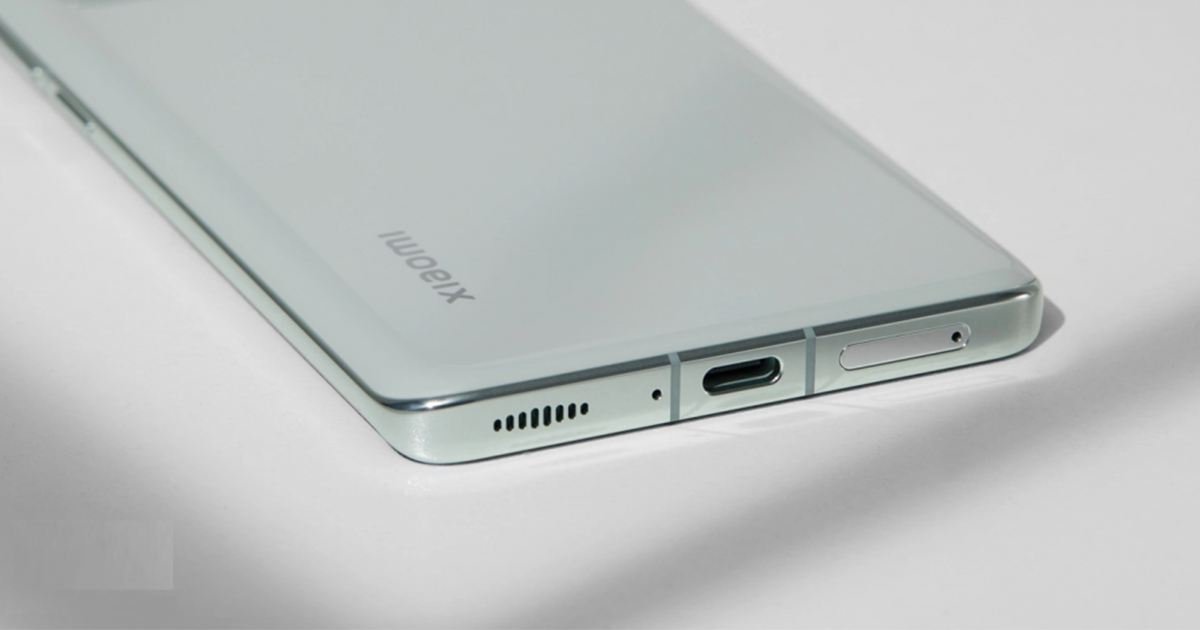
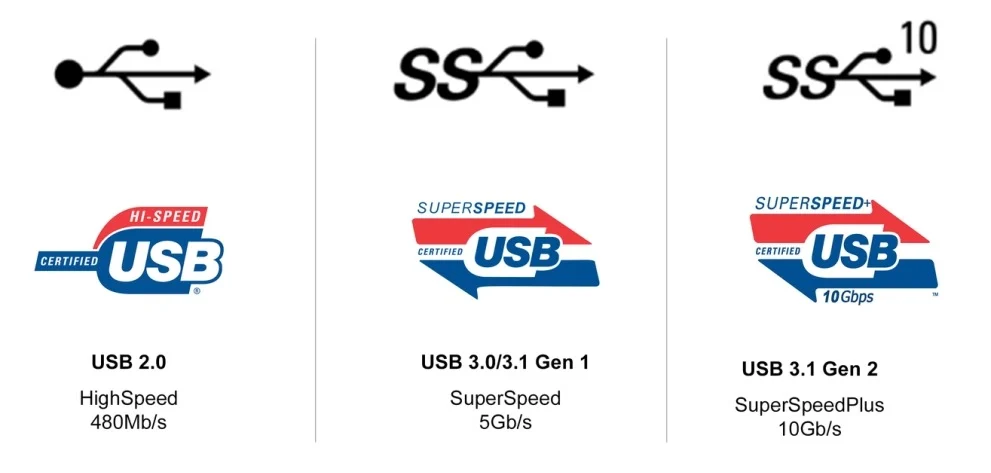
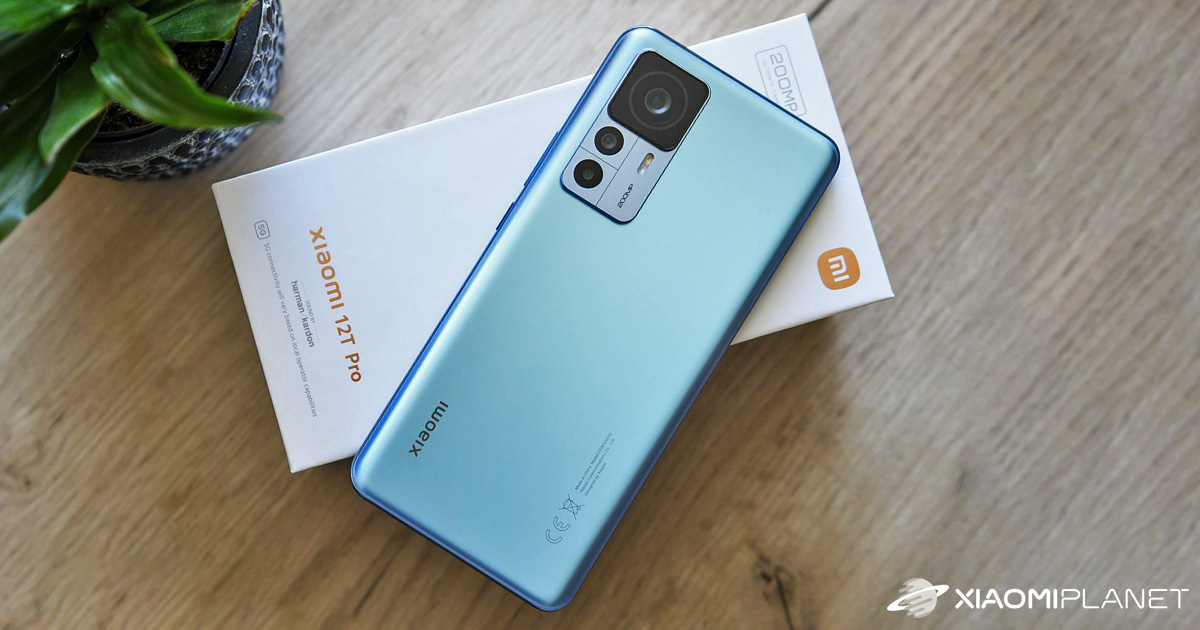


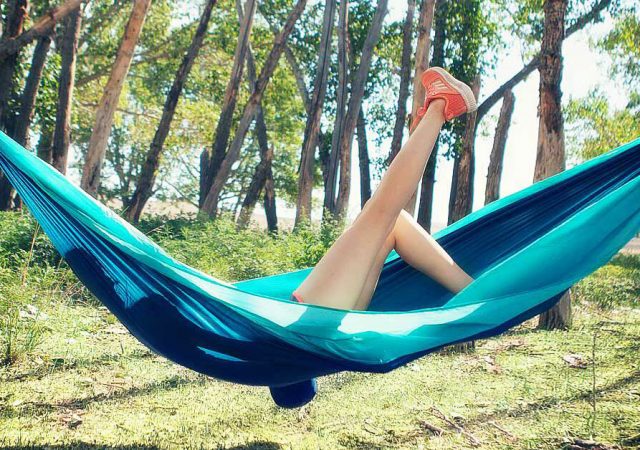


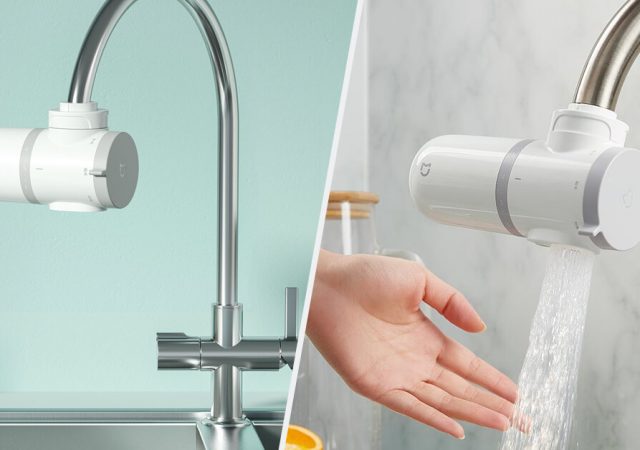
A) USB 3 does not exist, everything was renamed to USB3.2 a few years ago (previously it was renamed USB 3.1 gen1 and USB3.1 gen2, but they are simply bored and renamed in USB-IF), so first of all 5 GBps "USB 3.0 ” almost half a decade ago, today it is designated as USB 3.2 Gen 1×1 (and before that it was designated as USB 3.1 gen1 and there were times when I would write that there is no USB 3.0 but only USB 3.1, but only today USB 3.1 does not exist, everything is labeled as USB 3.2)
the later 10 Gbps "USB 3.1 gen 2" is today referred to as USB 3.2 Gen 2×1. Today is a strange word, it has been for a few years.
There is also another version for 10 GBps and it is labeled USB 3.2 Gen 1×2.
10 Gbps USB 3.2 Gen 2×1 (formerly 10 Gbps "USB 3.1 gen 2"), just like the first 5 Gbps USB 3.2 Gen 1×1 (formerly USB 3.1 gen1 and even older USB 3.0) is not a dual line, but they differ in parity control docking.
For now, 5 Gbps USB 3.2 Gen 1×1 has 10b/8b, so 10 Gbps USB 3.2 Gen 2×1 has 132b/128b.
USB 3.2 Gen 1×2 is dual line and has 10b/8b connection.
And finally, we have 20 Gbps USB 3.2 Gen 2×2 dual line and it has 132b/128b.
USB4 we have:
USB4 Gen 2x1 = 1x10 Gbps
USB4 Gen 2x2 = 2x20 Gbps = 20 Gbps
USB4 Gen 3x1 = 1x20 Gbps
USB4 Gen 3x2 = 2x20 Gbps = 40 Gbps
USB4 Gen 4 Symmetric = 2×40 Gbps = 80 Gbps
USB4 Gen 4 Asymmetric = 1×40 + 2×40 GBps = 120 GBps (however divided as 40 + 80 Gbps)
B) It is not enough to multiply by a coefficient of 0,8, because another 20% is absorbed by cutting and repairing losses as a result of interference and sums. So it is multiplied by a coefficient of 0,8 and 2 times, that is actually by a coefficient of 0,8^2 = 0,64. So about 2/3. And that is REAL, EFFECTIVE user data transfer speed. So 5 Gbps is 3 Gbps, which is about +/- 400 MB/s. In the case of USB2, it is 36-38 MB/s of real and permanently sustainable conversion speed. No one, ever, anywhere had more than 36-38 MB/s real and permanently sustainable converted effective transfer speed of user data in USB2 (ie we don't mean loading some cache).